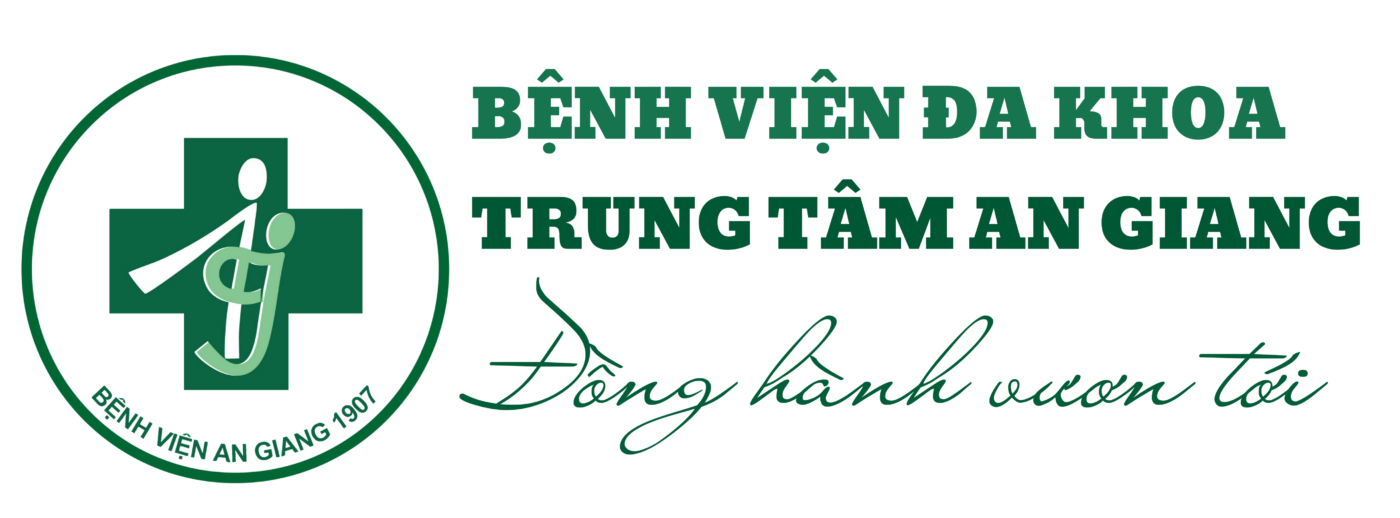Bickel A, Gurevits M, Vamos R, Ivry S, Eitan A.
Source: Arch Surg. 2011 Apr;146(4):464-70.
Department of Surgery, WesternGalileeHospital, PO Box 21, Nahariya, Israel.amitai@netvision.net.il
OBJECTIVE: To assess the influence of hyperoxygenation on surgical site infection by using the most homogeneous study population.
DESIGN: A randomized, prospective, controlled trial.
SETTING: Department of surgery in a government hospital.
PATIENTS: A total of 210 patients who underwent open surgery for acute appendicitis. In the study group, patients received 80% oxygen during anesthesia, followed by high-flow oxygen for 2 hours in the recovery room. The control group received 30% oxygen, as usual.
INTERVENTION: Open appendectomy via incision in the right lower quadrant of the abdomen.
MAIN OUTCOME MEASURES: Surgical site infection, mainly assessed by the ASEPSIS (additional treatment, serous discharge, erythema, purulent discharge, separation of deep tissues, isolation of bacteria, and stay in hospital prolonged >14 days) system score.
RESULTS: Surgical site infections were recorded in 6 of 107 patients (5.6%) in the study group vs 14 of 103 patients (13.6%) in the control group (P = .04). Significant differences in the ASEPSIS score were also found. The mean hospital stay was longer in the control group (2.92 days) compared with the study group (2.51 days) (P = .01).
CONCLUSION: The use of supplemental oxygen is advantageous in operations for acute appendicitis by reducing surgical site infection rate and hospital stay.





